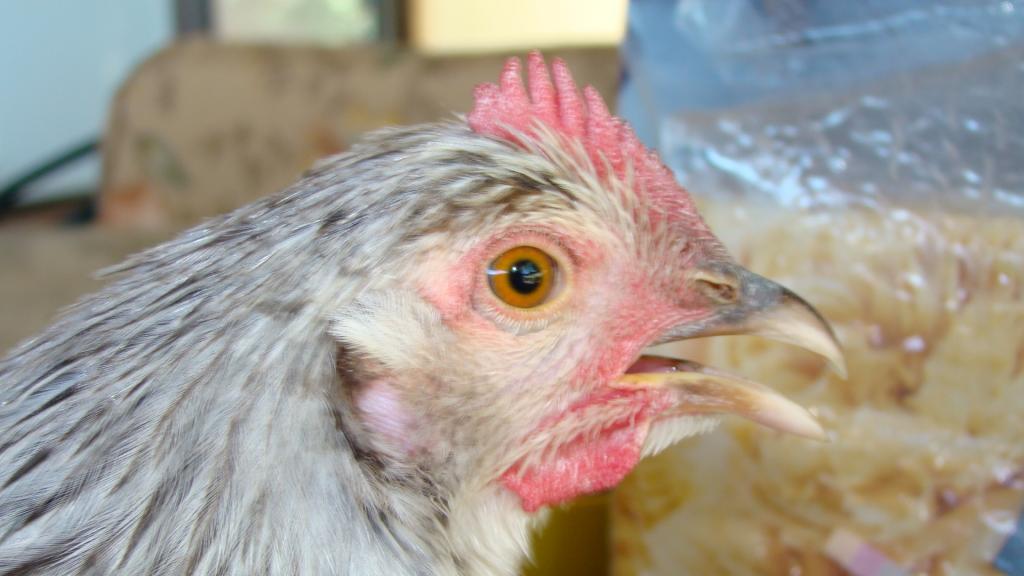- Jun 19, 2010
- 357
- 14
- 100
Quote:
Folks should read and digest this. I would never discourage an active interest in one of the obscure but little seen colors as long as they are legitimate Dorking colors that we know have existed and can still find threads of. But obscure or more common colors aside I do honestly think that a preservation effort is going nowhere with the "I have my breeder roo and a spare" mindset. As mentioned people need to think in terms of families, not trios or quads. The Autumn issue of the SPPA Bulletin has an excellent article by Dr. Charles Everette on breeding fowl and this point is very nicely addressed. In days of old when a lot of people kept chickens it might have been easier to go out in the world or even the neighborhood and find what might be needed. Nowadays if you want to maintain your efforts you had better retain a family of birds. Doesn't mean you need 50, just keep all the puzzle pieces you might need. Dave
Folks should read and digest this. I would never discourage an active interest in one of the obscure but little seen colors as long as they are legitimate Dorking colors that we know have existed and can still find threads of. But obscure or more common colors aside I do honestly think that a preservation effort is going nowhere with the "I have my breeder roo and a spare" mindset. As mentioned people need to think in terms of families, not trios or quads. The Autumn issue of the SPPA Bulletin has an excellent article by Dr. Charles Everette on breeding fowl and this point is very nicely addressed. In days of old when a lot of people kept chickens it might have been easier to go out in the world or even the neighborhood and find what might be needed. Nowadays if you want to maintain your efforts you had better retain a family of birds. Doesn't mean you need 50, just keep all the puzzle pieces you might need. Dave






